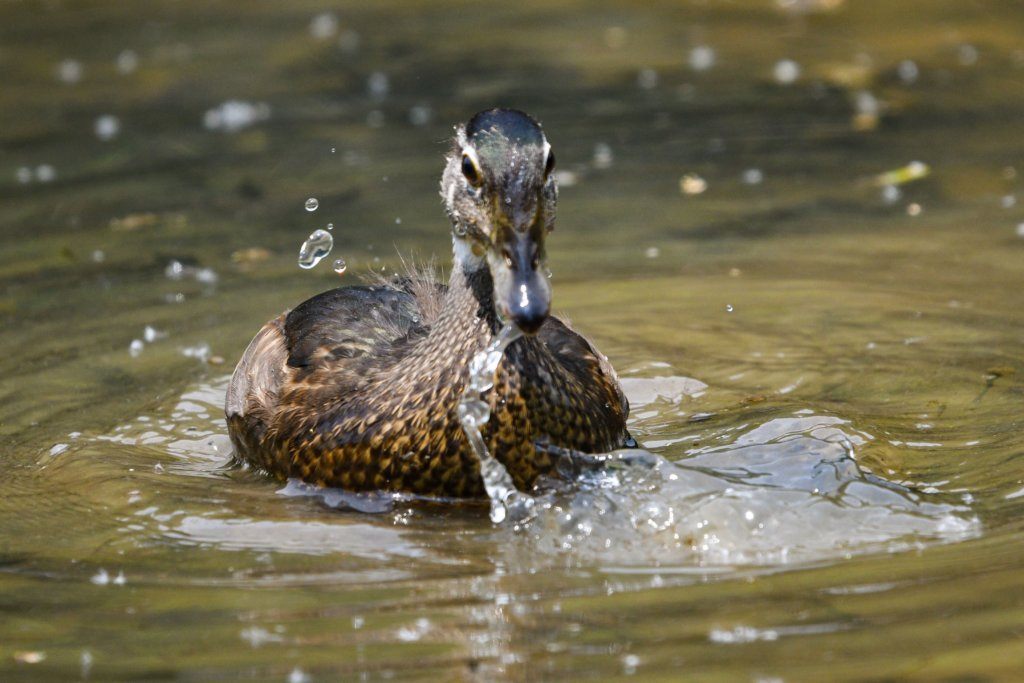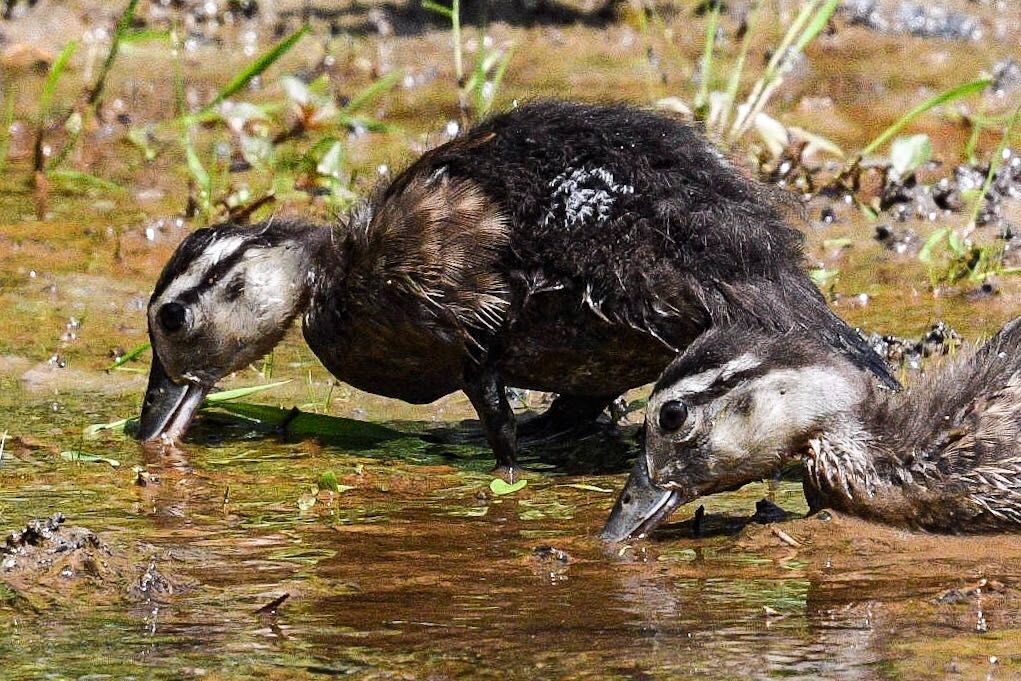The condition of underwater grasses in the Chesapeake Bay is an indicator of the health of the bay, and that’s why Maryland tracks the total acreage of bay grasses every year.
Maryland wants to establish 79,800 acres of underwater grasses by 2025. A report by the Maryland Department of Natural Resources indicates that despite a spike in nutrients and sediment in some portions of the bay, underwater grasses have shown “resilience.”
Prolonged muddy waters caused by nutrients and sediments lead to substantial declines in underwater grasses.
In 2017, the state mapped what it said is a record-breaking 62,357 acres of underwater grasses. In 2018, an estimated 50,015 acres of underwater grasses were mapped.
DNR officials said in a news release that the lower number could be a result of the fact that 20% of the region was not fully mapped in 2018 due to “highly turbid water, weather and security restrictions near some military facilities.”

Beth McGee, director of Science and Agricultural Policy at the Chesapeake Bay Foundation, calls underwater grasses the “nursery area for lots of species like crabs and fish” that use the grasses to hide out and protect themselves from being hunted by other animals.
“Anyone who likes crabs and soft-shell crabs should care about underwater grasses,” she said.
Underwater grasses produce a “positive feedback loop” because once a bed of underwater grass is established, it clarifies the water, McGee said. “As you get more grasses, they are able to clear the water, and that makes the habitat better for even more grasses to grow.”

It’s not just crabs and fish that benefit from bay grasses; ducks and other waterfowl feed on the seeds the bay grasses produce and the grasses themselves.
“They’re a great food. They call them the underwater meadows of the bay. They’re just really ecologically important to the Chesapeake,” McGee said.
It’s not just record rainfall that generates increase sedimentation that poses a threat to bay grasses. Increased water temperatures due to climate change is also detrimental to them, McGee said.
“One of our important grass species is eel grass” that is found in the saltier waters of the bay, and is preferred by crabs, McGee said.
The grass does not like warm water, and in the last 15 years, McGee said there has been at least two big die-offs of eel grass because of very high water temperatures during the summer.









